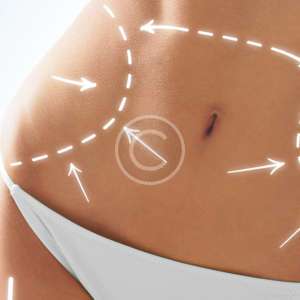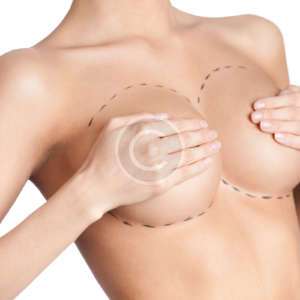
Poland syndrome is a disorder in which affected individuals are born with missing or underdeveloped muscles on one side of the body, resulting in abnormalities that can affect the chest, shoulder, arm, and hand. The extent and severity of the abnormalities vary among affected individuals. People with Poland syndrome are typically missing part of one of the major chest muscles, called the pectoralis major. In most affected individuals, the missing part is the large section of the muscle that normally runs from the upper arm to the breastbone (sternum). The abnormal pectoralis major muscle may cause the chest to appear concave
Who are good candidates for surgery, and symptoms of Poland syndrome ?
While the complete expression of the physical changes associated with Poland syndrome vary among patients, common themes include:
- Underdevelopment or absence of the main chest muscle (pectoralis) as well as secondary muscles of the chest and armpit region.
- The end of the pectoralis muscle attachment to the breastbone (sternum) is absent.
- The nipple, areola, and (in females) underlying breast tissues are underdeveloped or absent;
- Short and webbed fingers (cutaneous syndactyly) on the affected side; and
- Armpit hair on the affected side is missing.
Consultation
As w Plastic Surgeons, we intimately understand how a person’s feelings about their chest and breasts can influence their confidence, self-image and self-esteem. At your Poland syndrome consultation, your surgeon will spend a great deal of time with you to get to know you personally and take a complete medical history.
We will explore your reasons for seeking Poland syndrome correction, examine your chest, and if you are an appropriate candidate for surgery, your options will be described in detail.
Procedure
Surgical technique
The autologous adipose tissue is withdrawn using a syringe by liposuction. This sample is centrifuged, and the intermediary fat phase is reinjected as a traumatically as possible at the site which needs to be filled. This latter is spotted before the surgical intervention, drawing the contour of the atrophic area and is beforehand prepared using an active cannulation to obtain a section of the numerous fibrous tracts, which is sometimes difficult.
The adipose tissue is spread with injections in the three dimensions. Graft loss represents between 30 and 50%. Several sessions may be necessary every few months. It improves the infraclavicular depression with a better filling and more modestly helps recreating the anterior axillary pillar.
Skin incision
There is an axillary incision of about 8cm. It continues directly until the costal bony level, preserving the vasculo-nervous pedicle of the serratus muscle. Detachment It continues until the edges of the locus drawn on the skin.
Implant insertion
The implant consists of a medical-grade silicone rubber. It is firm in its center, in the thickest part, but increasingly smooth on the edges, which are tapered like an airplane wing. The folding it thus facilitated as well as the insertion with a minimal incision.
Closing the wall
It is performed on two levels using absorbable suture material: on the subcutaneous level and using intradermal stitches on the skin. Thanks to a rigorous hemostasis, aspiration drainage does not need to be performed, which shortens the duration of hospitalization, the discomfort, and the risk of infection.
Risks
Is it painful?
Postoperative pain is most of the time short and controlled with grade 1 analgesics. The absence of muscular section reduces pain compared to other interventions.
Results
Two to three months are necessary to appreciate the morphological result. It is the time necessary for the oedema to disappear and to improve comfort, which allows for a gradual resumption of sports activities. A whole year is necessary to assess the scarring is good and subtle.
This kind of plastic surgery can rebuild the wall chest or breast deformity, improve the contour of the chest, and help to gain self-esteem. The results may also include a natural contour of your chest or breast and feel confident in your own skin.
Things to keep in mind
Poland reconstruction is a very personal procedure and is individualized to each patient on a case-by-case basis. No single procedure is right for everyone.
The most appropriate reconstructive method considers an individual’s particular anatomy, body shape, lifestyle and aesthetic goals. Therefore consider the consultation as an important stop at your surgery , as your surgeon will decide and tell you which procedure and technique is the best for you and how to get your self ready for it .







